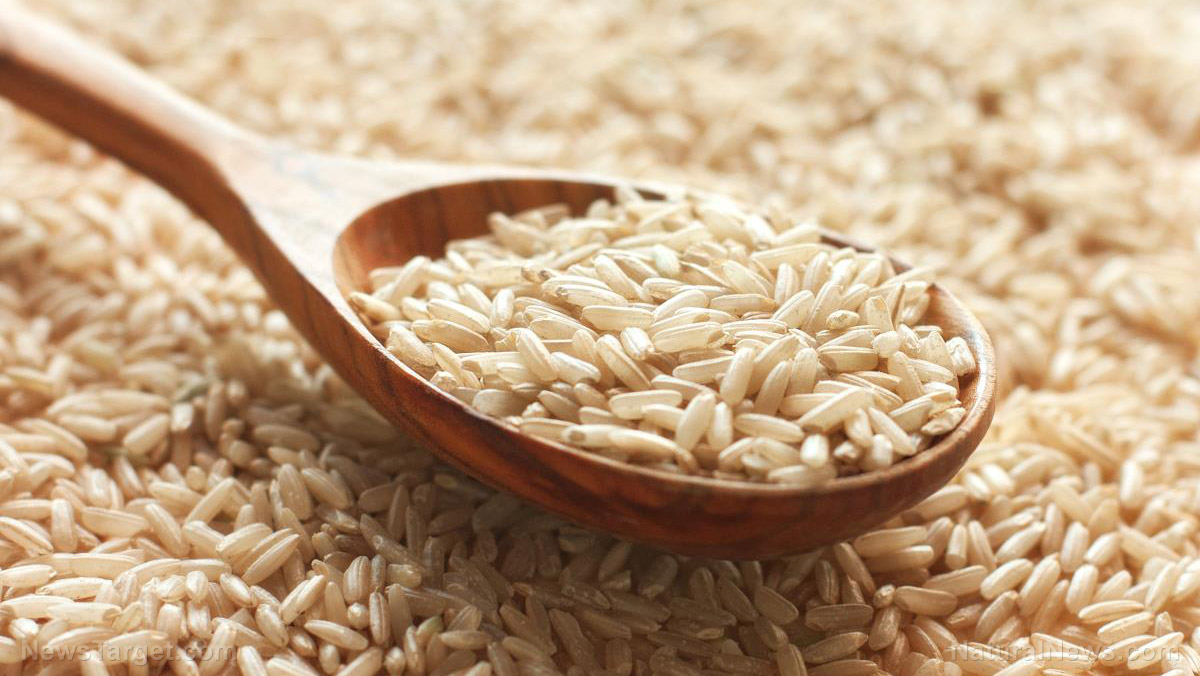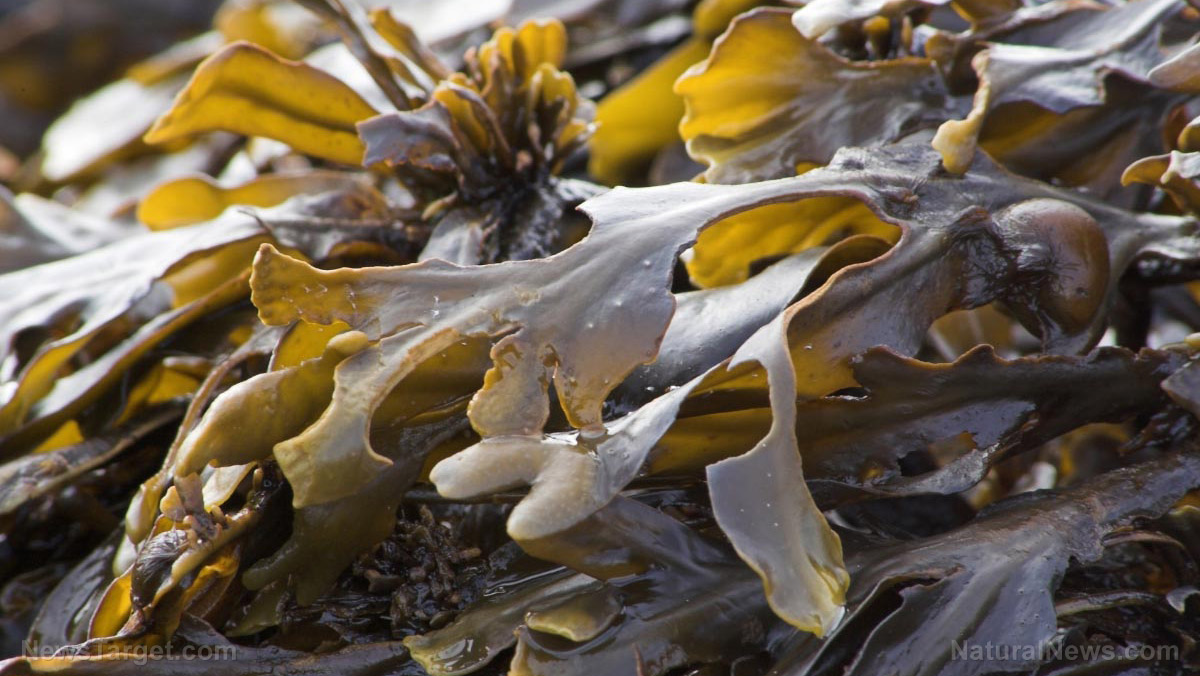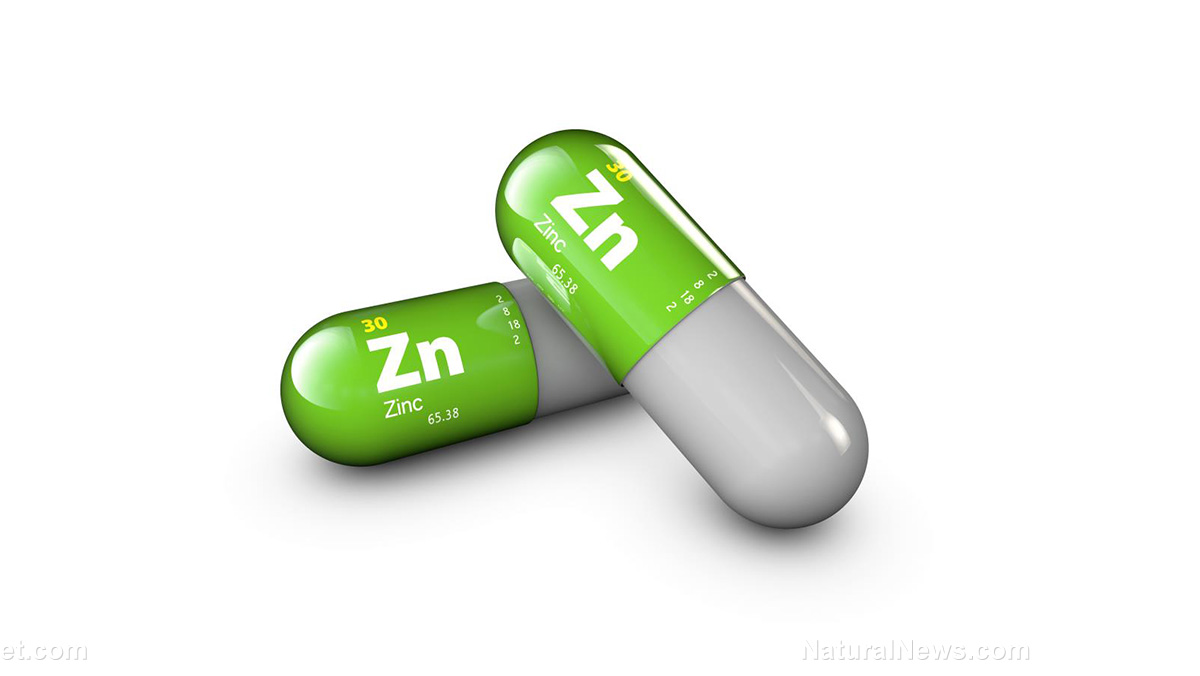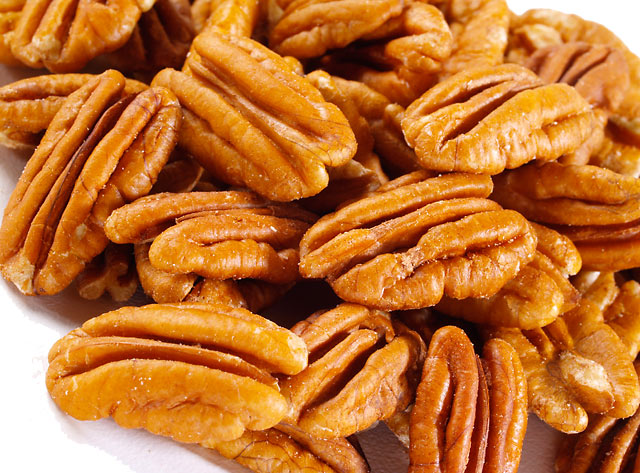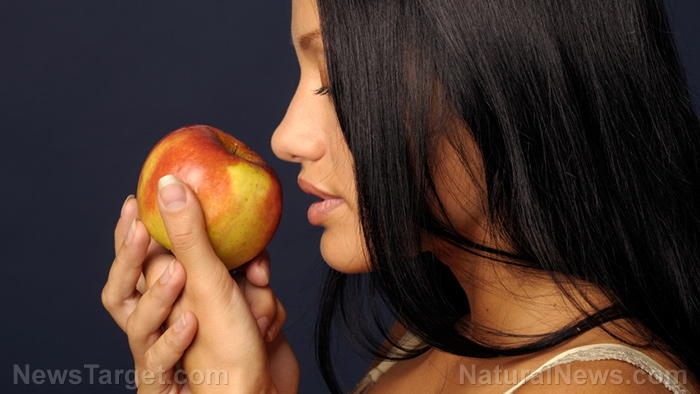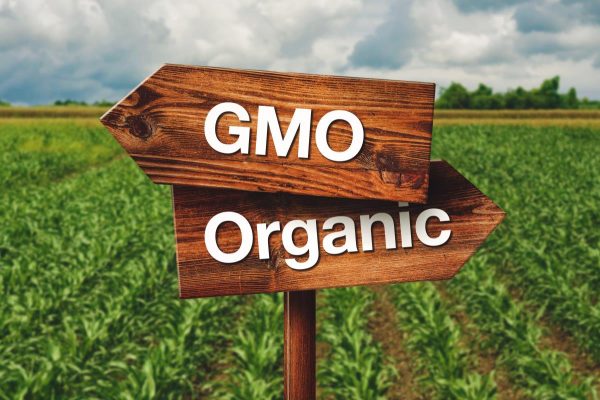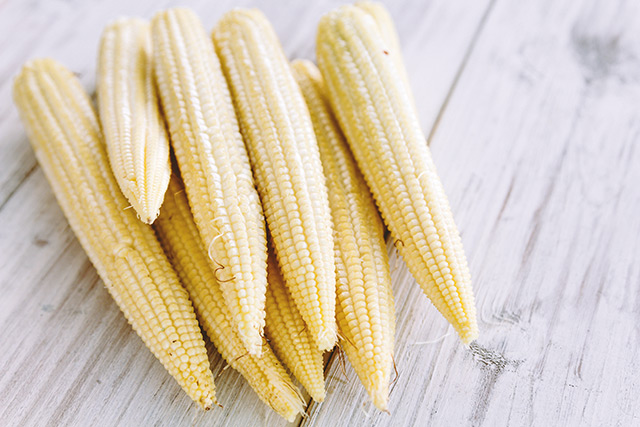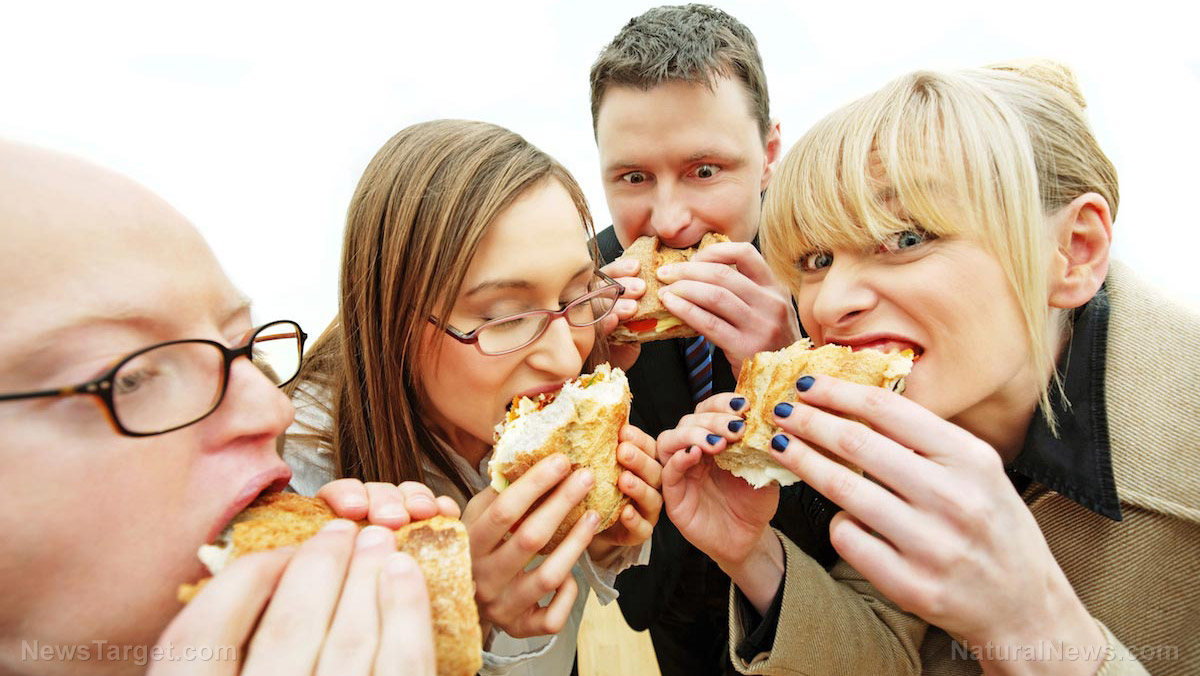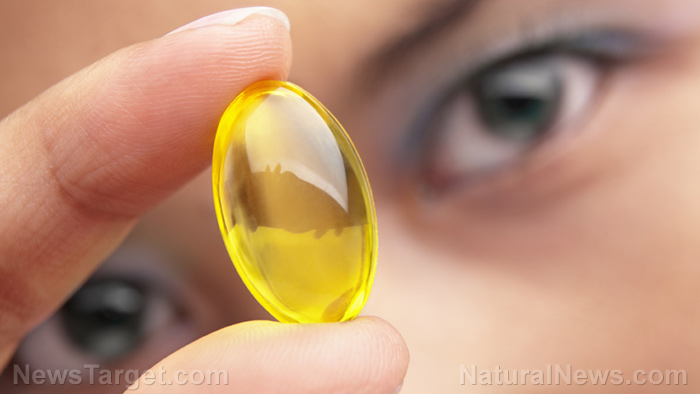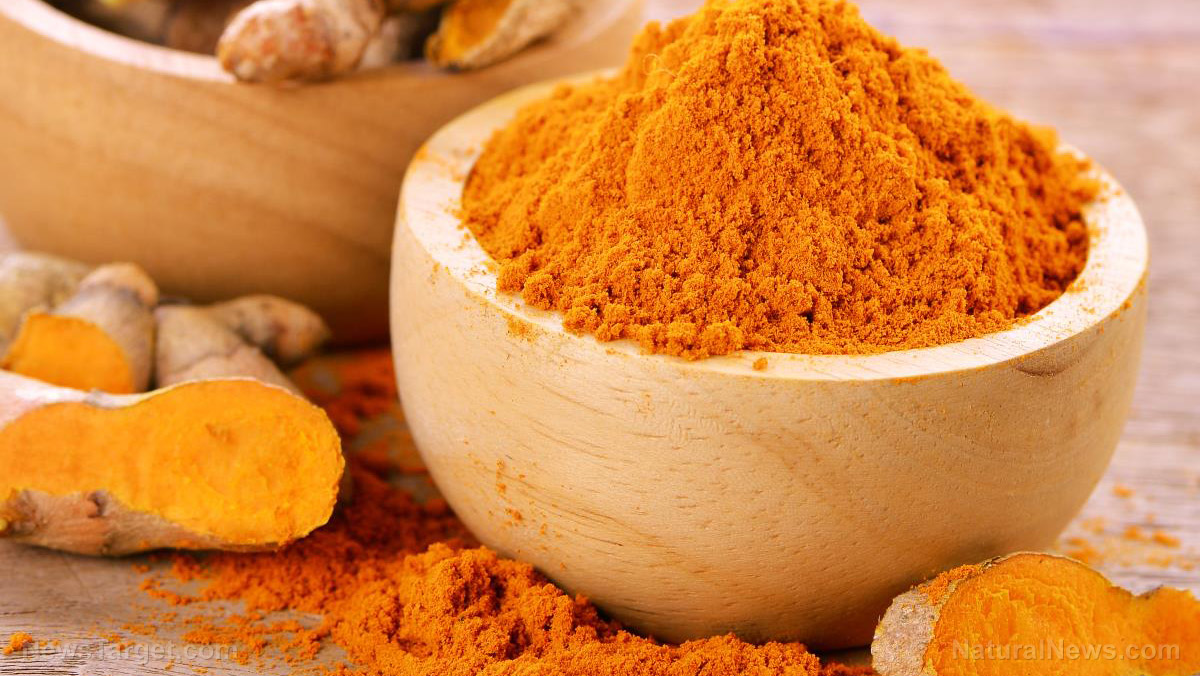To be a wine enthusiast in this day and age, one no longer needs to spend large sums of money. There are many different kinds of cheap wine available for your enjoyment, and it almost seems like there are more and more of them popping up each year.
But have you ever wondered exactly how many of these cheap wines came to be? Journalist Bianca Bosker did, so she went on a quest to find out the answer to that question and more. What she found was that there is a surprisingly deep level of science going on behind the scenes to help make the entire cheap wine industry possible.
Bosker began her journey just like any other person, being familiar with wine only on a surface level. By the end of it, she was able to write an entire book on the subject, wherein she chronicled her time as she trained to become a sommelier and how she talked her way into wine production facilities across the United States.
She was able to accomplish this by going out with the actual intention of becoming a sommelier. Indeed, she took up training to be one. So while she started out liking wine the same way one might like Tibetan hand puppetry or theoretical particle physics, as she said, she became an expert by the end of her journey.
According to Bosker, there’s so much more to wines than you might otherwise think. “There’s an incredible amount we don’t understand about what makes wine–this thing that shakes some people to their core,” she explained. To be more specific, she went straight into saying that there’s a lot of chemistry that goes into making a particular product. Instead of simply consisting of grapes and yeast, Bosker said that there are more elements used in making even the cheapest bottles of wine. She covers these and more in her book, titled Cork Dork, where she interviews winemakers of all sorts as well as scientists in order to find out exactly what goes into the average bottle of wine.
Bosker said that one of the things she did was approach a large wine conglomerate, Treasury Wine Estates, as they are a producer of millions of bottles of wine per year. Treasury Wine is said to develop wine the way flavor scientists develop the new Oreo or Doritos flavor. For them, according to Bosker, using a so-called sensory insights lab is absolutely necessary, as they use it to hold focus groups of professional tasters that put their upcoming products to the test.
Treasury Wine Estates is just one of many that perform standard practice steps in making their own brands of wines. According to Bosker, they let groups of professional tasters blind-sample their products to find out which ones are deemed the best. They they take these best samples and let average consumers taste them to figure out which “sensory profiles” would perform well in which stores and restaurants. Of course, they gather and analyze various kinds of data at every step of the way.
But they aren’t just adding or removing certain flavors in these focus groups. It is said that there is an entire list of more than 60 government approved additives that winemakers are allowed to add, and these are how the cheap and the expensive wine somehow meld together. Sometimes they’ll add a bit of acidity or perhaps increase the redness of the wine. Certain changes, according to Bosker, help to make or break certain wines in the eyes of consumers.
While Bosker pretty much confirmed the widespread use of additives in all sorts of wines, cheap or otherwise, she said that there were no clear safety or health issues to worry about because of this practice. Instead, she said that it simply “democratizes quality” and just makes wine more accessible to more people.
“The technological revolution that has taken place in the winery has actually elevated the quality of really low-end wines,” she said. And since winemaking seems to benefit so much from the science that’s involved in using additives, it’s something that will probably not go out of style anytime soon.
Would you rather have food products that haven’t had any additives in them? Visit Natural.news to find out more about them.
Sources include:
SmithsonianMag.com
eCFR.gov


